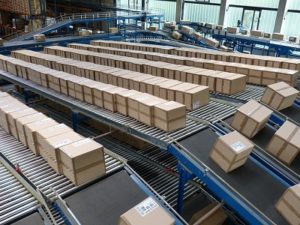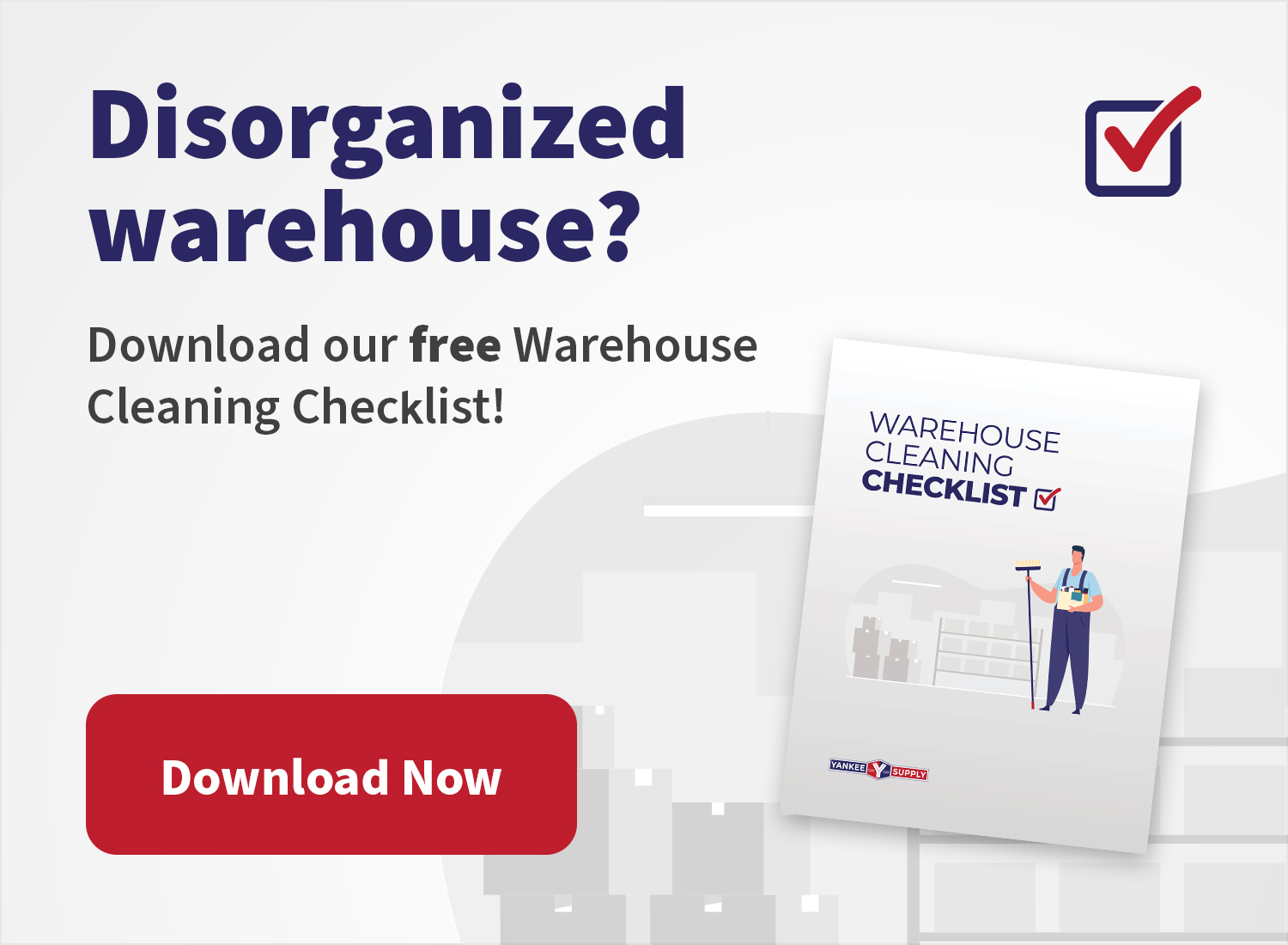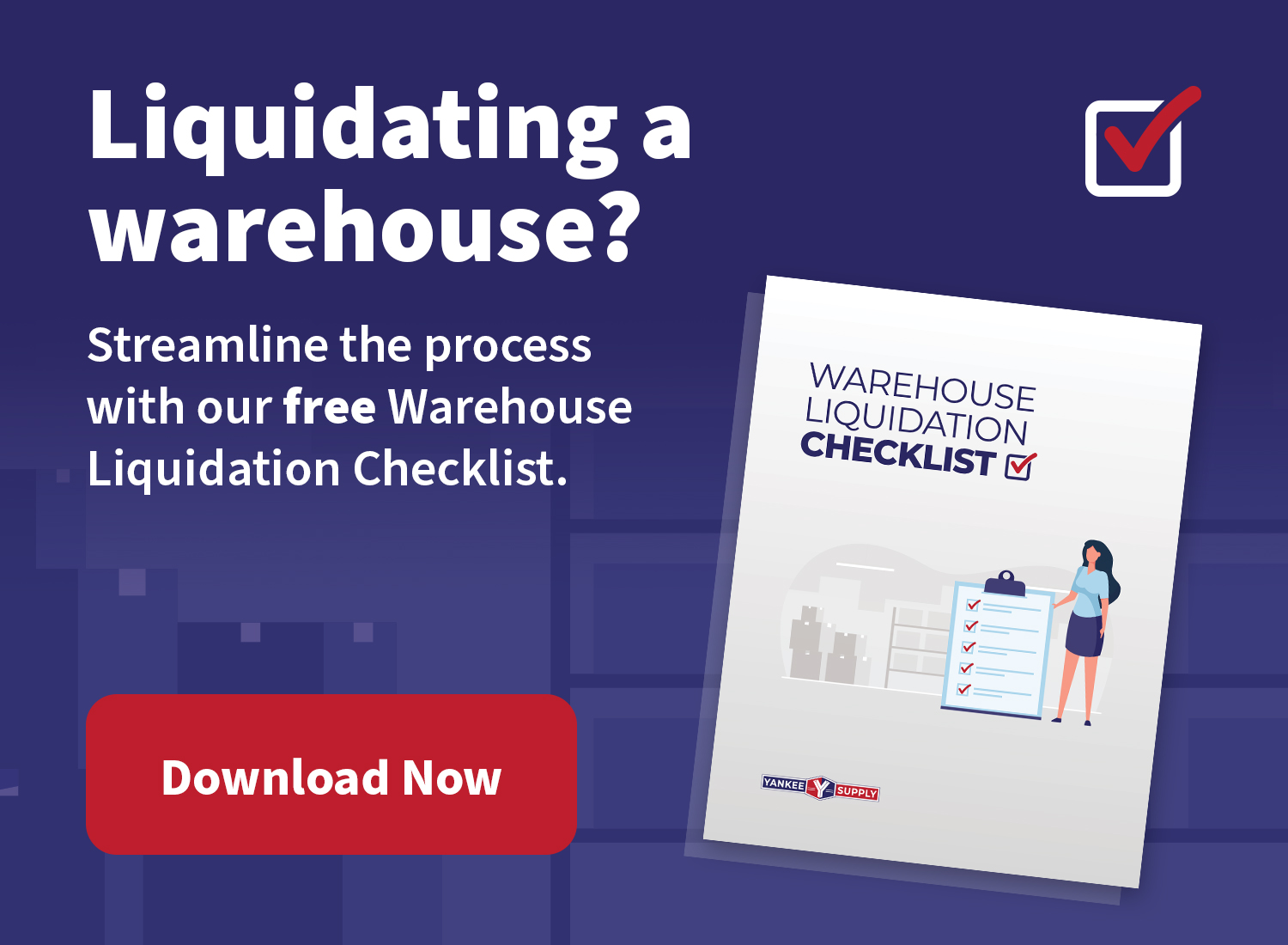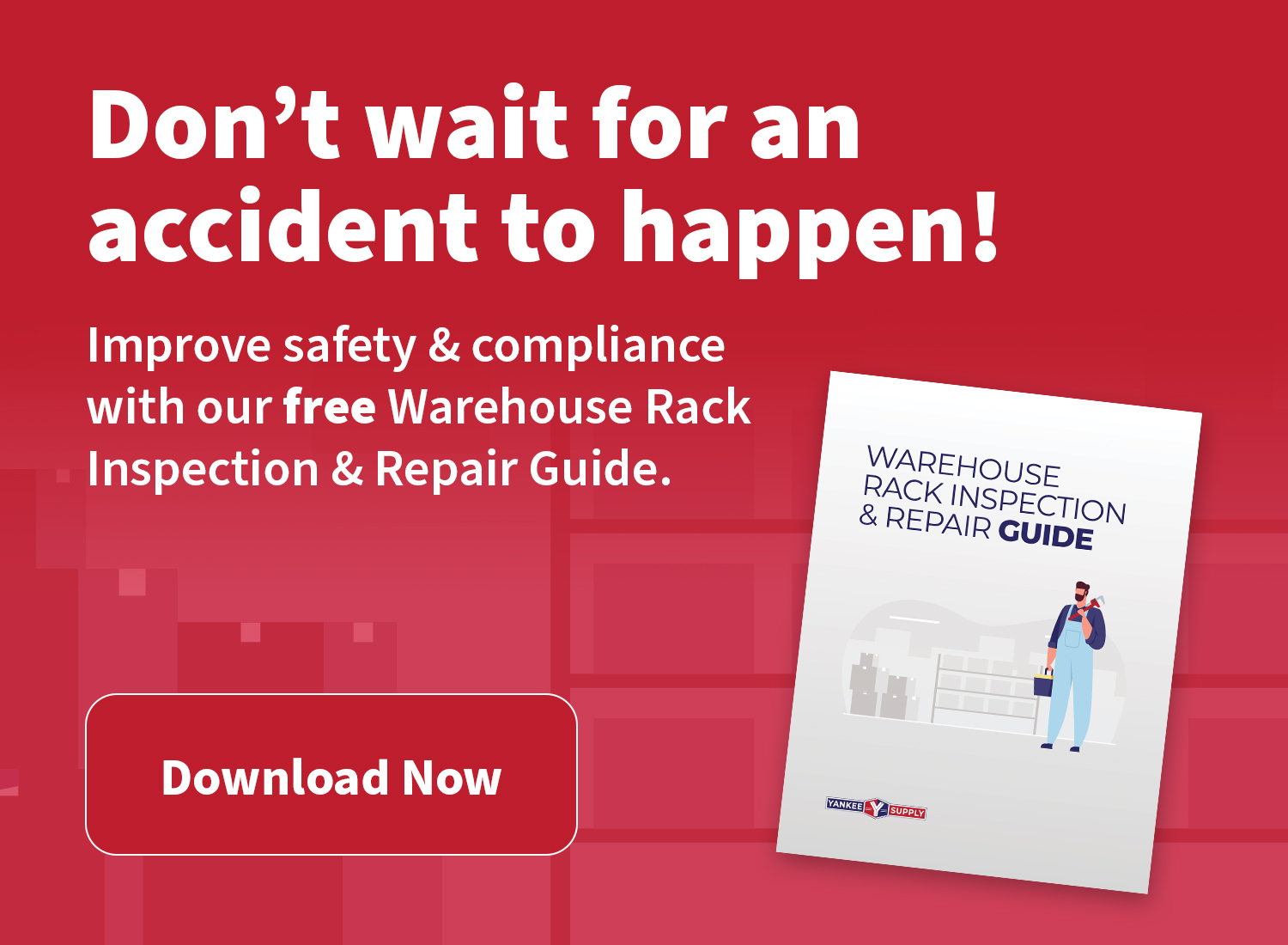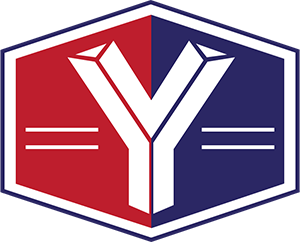In any warehouse or factory business, powered belt conveyor systems are used to carry objects over long distances. Without powered belt conveyors, this would be an impossible task for the company. In a large warehouse with numerous products and operations, powered belt conveyors can effectively transfer items from one end of the warehouse to another.
Powered belt conveyors have many advantages, such as belt tensioning and belt lubrication. In addition, PLCs are computerized to keep constant belt speed to ensure belt reliability.
All powered belt conveyors require belt tensioners to maintain a correct curvature or shape, preventing belt slippage and ensuring smooth belt movement. Belt tensioners help create accurate bends around corners and curves to keep the belt tracking straight regardless of belt position. This belt tensioner keeps each strap in the roll-hopper or loop belt conveyors directly and moving at a constant belt speed.
Belt lubrication is also crucial because it guarantees that the belt will not stick to itself during operation, preventing damage like tears and fraying. It is imperative because belt friction is one of the causes of belt failure. The belt will start sticking to itself and tear, fray or stretch due to belt tension. This can cause damage to products traveling on the conveyor system if there are any. Belt lubricators help increase belt life by decreasing belt tension which may reduce belt wear or breakdowns.
Those are only a few advantages that powered belt conveyor systems possess. For more benefits, read on and find out.
Why Powered Belt Conveyors Can be Easily Bought
All you need to do is find the perfect store or provider to buy a powered belt conveyor system. Most powered belt conveyor systems come in kit form, especially those used for light products such as food or dry materials. These powered belt conveyors can be installed easily and quickly (within hours), which is very convenient for businesses with a lot of work.
Not only that, but some powered belt conveyor systems can be customized in length, width, and speed of operations. In other words, you can tailor it according to your needs.
However, here is the most significant advantage of a powered belt conveyor system when it comes to finances: it is one of the cheapest conveyors out there.
Automation
Powered Belt conveyor systems can also be automated so that belt conveyors will automatically switch on and off depending on the amount of work to do. This means you don’t have to turn powered belt conveyors on and off for every load or piece being lifted by the powered belt conveyor system, and it will do so automatically. It will also switch powered belt conveyors on and off depending on the amount of belt speed needed for an object being lifted by the powered belt conveyor system. So, again, this makes your and your staff’s workload more convenient.
It is also relatively simple and easy to use. You only need to adequately demonstrate and train your staff to use the powered belt conveyor system correctly. This is to avoid any mishaps due to mishandling of the conveyor system. It will also help if there is an easily readable manual near the control panel, so anyone can check on it if they forgot about something on operations.
Safety
Powered belt conveyors can seriously improve the safety of users. A Powered belt conveyors system can prevent falling objects or materials from hitting the ground, which is a significant advantage over transferring things manually or through human hands. In addition, this ensures safe operation in your warehouse and factory, as belt-conveyor systems will automatically stop if an object falls off the belt-conveyor system.
Convenient Transportation
Powered belt conveyors systems will allow you to transport all sorts of objects and materials from one place to another safely and efficiently. This will take the load off your and your staffs’ shoulders. The powered belt conveyors system will lower any bags or pieces to where they need to go with just a touch of a button on the powered belt conveyors system.
As belt conveyor systems are low maintenance and do not require much effort, you can easily use a belt conveyor system to transport heavy and oversized objects or materials with ease, without any stress. Another advantage is that the belt conveyor system can have elevation changes, and you can load items from any place along the belt.
Decreased Manual Labor
Another advantage of a powered belt conveyor system is that it will reduce the manual labor required because it is automated and powered by electricity. As a result, you can save a lot of money from equipping powered belt conveyor systems as you no longer have to hire extra staff just to supervise the powered belt conveyor systems or lift heavy loads manually.
Now that you know the advantages of having powered belt conveyor systems, this article will then educate you about other conveyor systems and summarized their pros and cons:
Roller Conveyor System
Roller belt conveyor systems, like its name, suggests, consist of a belt moving on rollers. Gravity plays a crucial role in this type of conveyor system.
One of its advantages is that it uses gravity to move a product from a declining angle. But, naturally, its disadvantage is that the products may end up being damaged due to, again, gravity.
It does not require power to work, meaning it’s environmentally friendly, and it saves you from a crippling electricity bill. However, it’s is heavy and not portable. You also cannot adjust the conveyor speed.
Powered Roller Conveyor System
It is the most effective horizontal
transportation over long distances. This is because it has small zones powered independently, meaning you can turn those on only when there are moving items over a particular zone. One specific advantage is that if a motor breaks down, only one site will be affected.
Disadvantages are more noise than other conveyors, more expensive, and it can only handle a few types of items.
Overhead Conveyor System
This system uses a belt running on top of another belt. One belt moves the item forward while the other belt pushes it from behind. It is very effective in transporting a large volume of products over short distances but not suitable for long-distance transportation because it involves moving two items simultaneously.
Be that as it may, this conveyor system allows maximizing the total capacity of a facility by taking advantage of the space overhead. In addition, it has low operating costs and is known for being very safe.
Disadvantages, however, include the fact that it is more costly compared to floor-based conveyor systems. It can also be challenging to maintain and repair, especially if it is chain-based. In addition, it will need continuous lubrication so grease or oil may drip down from the system and plop to unsuspecting staff or products.
There are pros and cons to every conveyor system. When choosing one, you need to consider what type you need the most or what style will suit your business’ items and productions the most. Take both the items’ sizes and weight and the carrying capacity of the powered belt conveyor system you are planning to buy: are they compatible? Can the belt conveyor system handle this item for a very long time?
If you have other concerns when you are choosing, it is better to ask for help from our staff.

